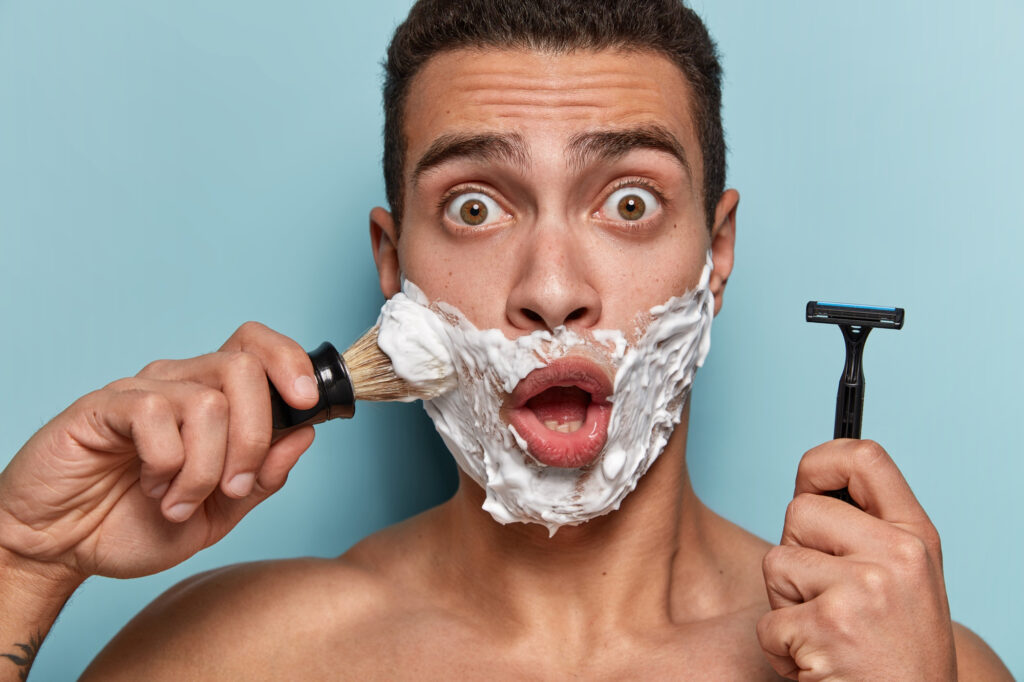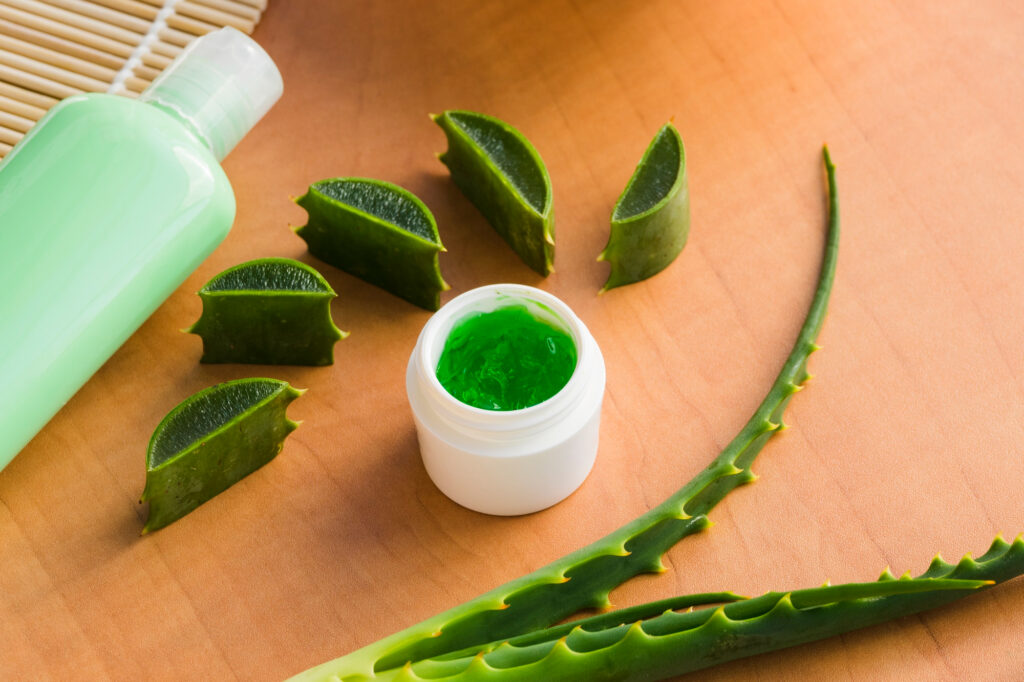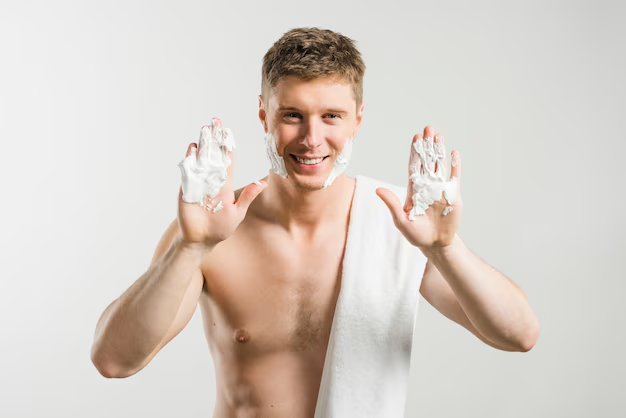
Razor burn is a common skin irritation caused by shaving, and it can leave your skin feeling inflamed, itchy, and red. For many people, it’s an uncomfortable and unsightly consequence of shaving, whether on the face, legs, underarms, or other areas. Fortunately, razor burn can be treated and, better yet, prevented with proper shaving techniques and body care. In this article, we’ll explore the best ways to treat and prevent razor burn so that you can achieve a smooth, irritation-free shave.
What is Razor Burn?
Razor burn occurs when the skin becomes irritated after shaving, often due to friction, improper shaving techniques, or the use of dull blades. It can result in redness, bumps, itching, and a stinging sensation. Razor burn is sometimes confused with razor bumps, which are ingrown hairs that develop after shaving, but the two are different. Razor burn is purely an irritation of the skin, while razor bumps involve hair growing back into the skin.
How to Treat and Prevent Razor Burn?
These are the best methods to treat and prevent razor burn:
How to Treat Razor Burn
The methods to that can be used to treat razor burn involve:
1. Cool the Skin Immediately
The first step to treating razor burn is to soothe the irritated skin. Apply a cold compress or splash cool water on the affected area to reduce inflammation and calm the skin. This can provide instant relief from itching and redness.
2. Use Aloe Vera or Hydrocortisone Cream
Aloe vera is known for its cooling and anti-inflammatory properties, making it an ideal remedy for razor burn. Apply pure aloe vera gel to the affected area to help soothe the skin and promote healing. For more severe cases, a 1% hydrocortisone cream can be used to reduce inflammation and discomfort. However, it should only be used sparingly and for short periods to avoid potential side effects.

3. Moisturize the Skin
After cooling the skin, it’s important to keep the area well-moisturized. Razor burn often leaves the skin dry and irritated, so using a gentle, fragrance-free moisturizer can help restore hydration and speed up the healing process. Look for products containing ingredients like glycerin, shea butter, or ceramides to lock in moisture and soothe the skin.
4. Avoid Further Irritation
While your skin is healing from razor burn, avoid activities that might aggravate the irritation. Refrain from shaving the affected area until it fully heals, and wear loose-fitting clothing to prevent friction.
How to Prevent Razor Burn
The methods to prevent razor burn involve:
1. Exfoliate Before Shaving
Exfoliating the skin before shaving helps to remove dead skin cells that can clog your razor and lead to irritation. A gentle exfoliation, either with a scrub or a soft washcloth, can also prevent ingrown hairs by allowing the razor to glide more smoothly over the skin. Be careful not to over-exfoliate, as this can leave the skin more sensitive to shaving.
2. Use a Sharp, Clean Razor
One of the most common causes of razor burn is using a dull blade. A sharp razor cuts the hair more efficiently, reducing friction and the need to go over the same area multiple times, which can irritate the skin. Always replace your razor blades regularly, and ensure they are clean and rust-free to avoid bacteria buildup that can lead to infections.
3. Shave with the Grain
Shaving against the direction of hair growth may give a closer shave, but it significantly increases the risk of razor burn and razor bumps. Shave in the direction of hair growth (with the grain) to minimize irritation and reduce the chance of cutting the skin. If you want a closer shave, you can reapply shaving cream and go over the area again gently.
4. Use a Shaving Cream or Gel
Dry shaving is a sure way to cause razor burn. Always use a good-quality shaving cream or gel to create a protective barrier between the razor and your skin. Shaving creams soften the hair, making it easier for the razor to cut through without dragging or tugging on the skin. Opt for products designed for sensitive skin, free from alcohol and harsh fragrances.

5. Rinse and Moisturize Post-Shave
After shaving, rinse the area with cool water to close the pores and reduce any initial irritation. Pat the skin dry with a clean towel—don’t rub, as this can aggravate the skin. Finally, apply a gentle, alcohol-free moisturizer to keep the skin hydrated and reduce the risk of dryness or irritation. If you’re prone to razor burn, using a soothing aftershave balm with ingredients like aloe vera or chamomile can help.
Conclusion
Razor burn can be a painful and frustrating consequence of shaving, but with the right care and preventive measures, it can be easily avoided. By using a sharp razor, shaving in the direction of hair growth, exfoliating before shaving, and keeping the skin hydrated, you can significantly reduce your risk of razor burn. If you do experience irritation, soothing treatments like aloe vera, cold compresses, and proper moisturization will help heal the skin quickly. By following these body care tips, you can enjoy a smoother, more comfortable shaving experience. Use quality creams for your face.

